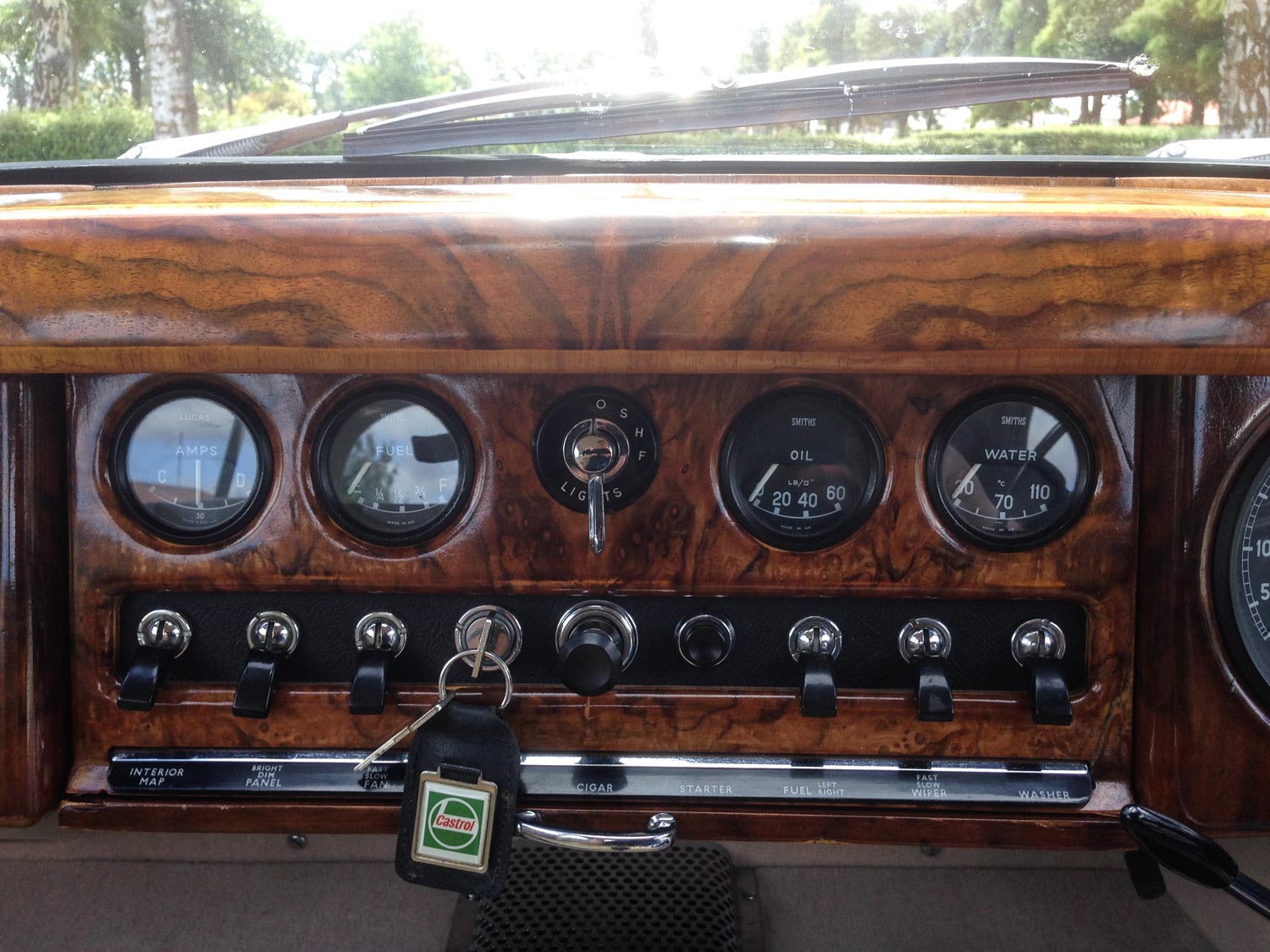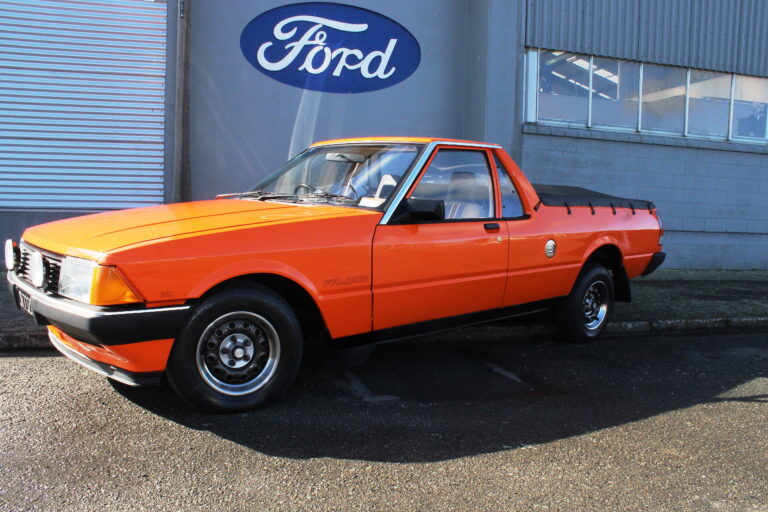In the late ’50s, early ’60s the S-Type Jaguar quickly established itself as the ultimate ‘Q’ car — no ’60s bank job was complete without a 3.8 getaway car. With a larger rear compartment than the popular Mk2, the S-type could more readily accommodate all members of the robbery team, and the smooth ride, afforded by Jaguar’s newly developed independent rear suspension, meant that the team could easily sort out items, such as the gelignite, en route to the job without fear of a broken road surface setting off a detonator.

Once the blag had been completed successfully, the S-Type provided a capacious boot more than capable of carrying a few dozen mailbags stuffed with cash.

Of course, prior to the bank job, that large boot would’ve easily accommodated essential items such as sawn-off shotguns, heavy-duty electric drills, bolt cutters, and acetylene cutting equipment.

Jaguar’s 3.8 Mk2 was quicker but, bearing in mind all of the above advantages, there is no doubt that the reduced top speed of the S-Type was only a minor handicap when the Sweeney could only afford to run Fords.
With all of that in mind, not surprisingly, the 3.8 S-Type’s most important claim to cinematic fame was as the lead vehicle in the rubber-burning police car chase, that opened British crime film Robbery in 1967. In that dramatization of the 1963 ‘Great Train Robbery’, the S-type is driven by villains during a wages snatch in Bracknell, sealing the car’s image for an entire generation.

However, we doubt that the beautiful example featured here has been involved in any unlawful activities during its life. This fully restored 1965 3.8 MOD S-Type Jaguar has been the subject of a full nut-and-bolt restoration by the current owner, who purchased the Jaguar from the third owner in November 2007. It was a matching-numbers car, complete even if shabby, and the current owner felt it was worth restoring.

Finished in ‘Opalescent Maroon’ — the original colour — this S-Type boasts a completely reconditioned engine and drivetrain. The interior wood was original, all numbered to this car and matched. It was stripped, carefully repaired where needed, and finished with Danish oil — eight coats. The interior trim and leather seat repairs were redone and recoloured in ‘Sand’, and included new wool headlining, trim rails, and sun visors, new underfelts, and Wilton carpets, fit for any criminal gang.





